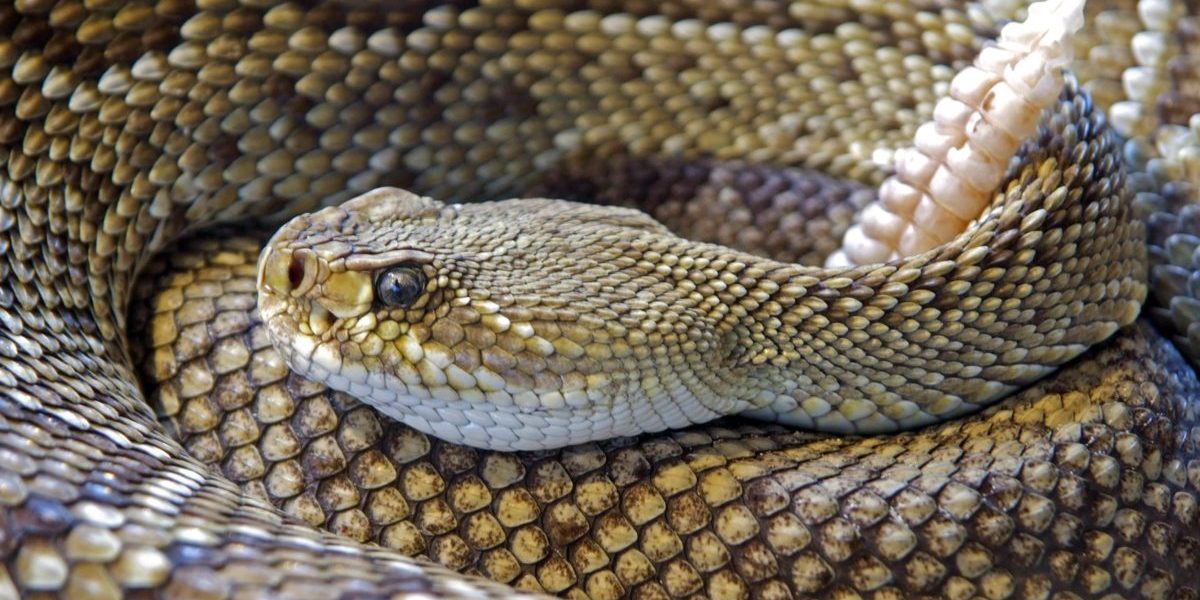Taking too long? Close loading screen.

October 2nd
Rattlesnakes can be a serious threat to your dog’s life no matter how large, smart, or tough they may be—and chances are, you live near them!
Despite the fact that these snakes may very well reside in your area, there are preventative measures you can take to reduce the risk of a deadly bite. This applies to all breeds, including our own labradoodle and goldendoodle breeds from Uptown Puppies.
Parks and trails are popular places for dog owners to get some exercise in with their pooch, but they can also be a hot spot for rattlesnakes. Homes are being built on previously rural land, making it easier for domestic and wild life to cross paths.
Urban dwellers in 100% concrete cities may not need to worry about these things, but most pet owners should take heed—owners of new puppies. In order to stay safe, a responsible dog owner should be educated about avoidance and additional steps you can take to reduce the chance of being bitten if you do encounter a rattlesnake.
Remember, if you’re looking for new Labradoodle puppies for sale or Goldendoodle puppies for sale, pay close attention to keep your little guy (or girl) as safe as possible.
This does not completely eliminate the effects – even if a dog is vaccinated, it will still need veterinary attention as soon as possible if bitten. The vaccine itself only costs around $25, while one vial of anti-venom runs anywhere from $500 to $1000. A vaccinated dog will need much less anti-venom, so you are not only saving your dog’s life, but also tons of money!
According to vets, most snake bites occur when a dog is on a retractable leash or none at all. If the length is limited, you can easily pull your pup to a safe distance.
Doing so will allow you to see a sunbathing snake more easily and give you time to properly avoid it. At home, keep your grass cut short and get rid of potential hiding and sunning spots, such as bushes and piles of rocks.
Fencing should have a cement base so rattlers can’t get underneath. Add hardware cloth along the base if you have wood or iron fences, including the gates. To do this, you will have to dig deep enough to bury 22 inches of the cloth into the ground, with 18 inches above the ground, connected to the base of the fence itself.
Hardware cloth is expensive at around $100 for 100 feet, but the cost is worth it if you live in an area with a significant rattlesnake population.
Some areas at higher risk offer aversion training, or “rattlesnake proofing”. This typically involves your dog getting a strong electric shock upon “finding” a snake (a real, de-venomed snake). They receive praise after they are zapped and yelping in pain, then you call them back.
This method might be worth it in extreme cases if your pup is around rattlesnakes daily, but with the humane tips above, the majority of dog owners will be able to keep their furry friend safe without painful training.
If you are interested in labradoodle or goldendoodle puppies for sale, check out our many locations across the country.
Find the Perfect Puppy